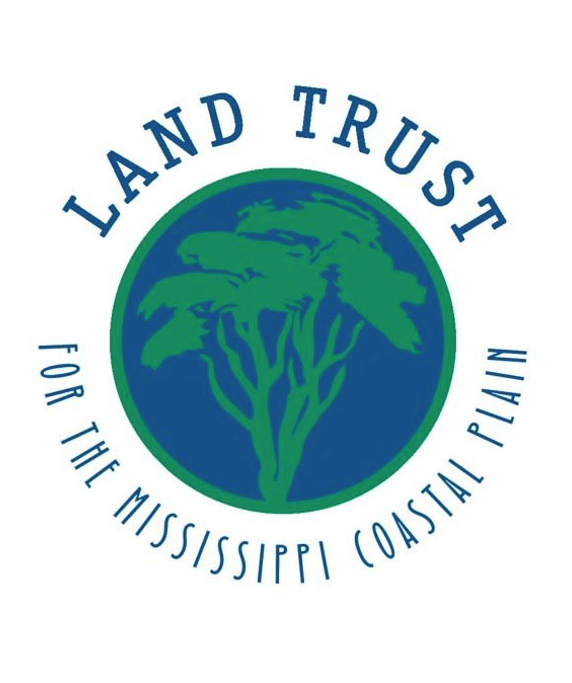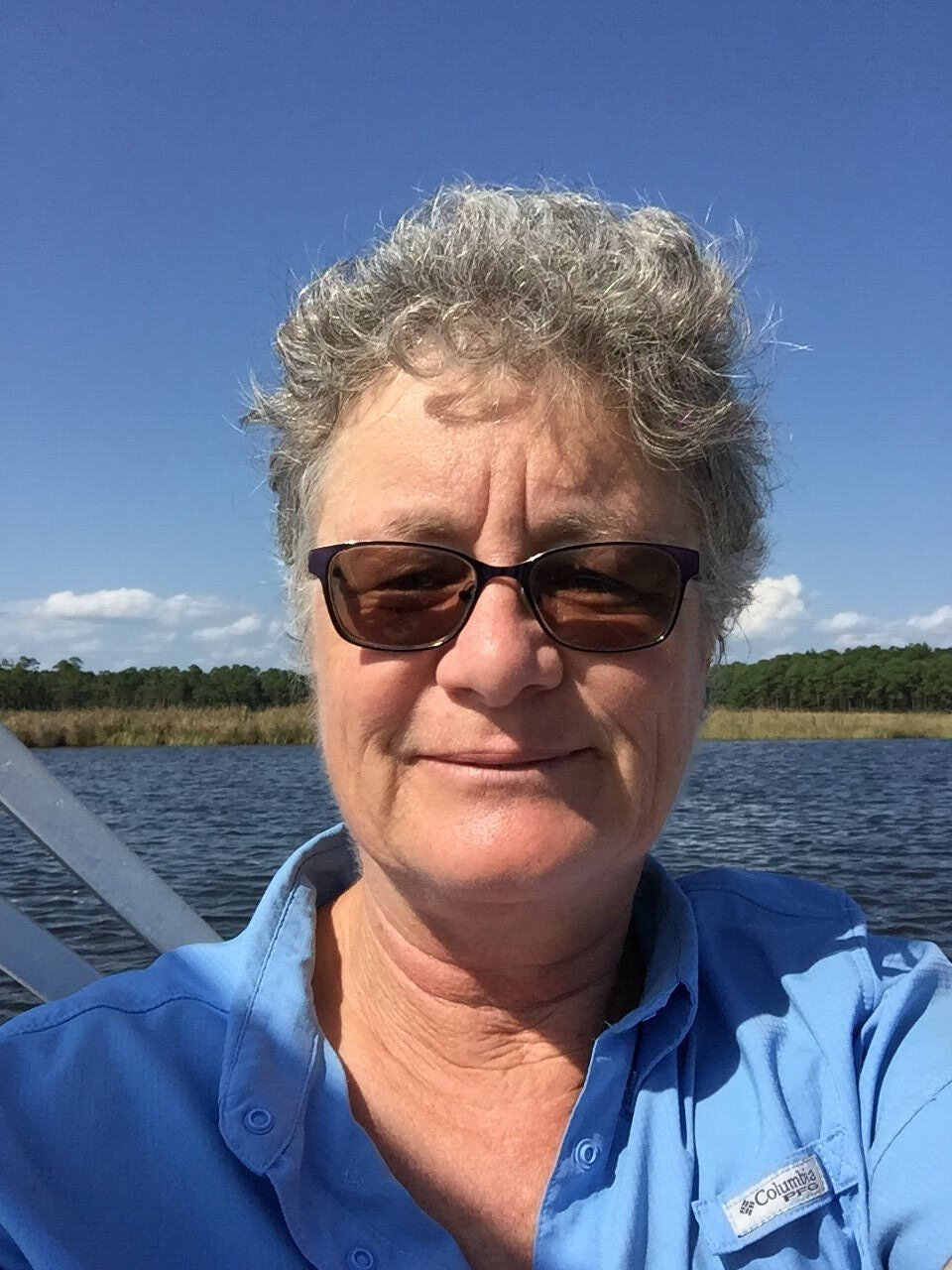Meet Board Member, Jackie Parker
Meet LTMCP Board Member Jackie Parker!
One of the first things you notice when you meet Jackie is that her accent is not from here! Jackie was born and raised in England, but has lived all across the United States, from California to New York, for 30 years. When she first crossed the Ocean Springs Bridge almost a decade ago and saw the amazing trees, she fell in love and decided it was time to make a permanent change, settling in the beautiful city.
Passionate about the environment, animals, and social justice, Jackie is the president and co-founder of Harvest Trends, a data analysis organization assisting marketing departments to maximize potential. When not hard at work, Jackie enjoys kayaking, gardening, painting, reading, and building random projects out of wood. Her favorite outdoor space is the south side of Horn Island “holding a cold beer in one hand and a garbage bag in the other” to help keep our beautiful landscape pristine.
In 2017, Jackie’s friend Beth asked if she would donate some of her art to the annual Land Trust fundraising event. She donated two items, one acrylic painting and one oil painting, both with trees as the focal point. In late 2018, again at Beth’s recommendation, Jackie joined the Land Trust Board of Directors as the Treasurer. She wanted to help protect the beautiful trees and waterways that caused her to fall in love with the area.
One of her favorite things about joining the Board was learning about the work the Land Trust does to make protected spaces available for environmental education and public access. Every parcel of conservation land acquired by the Land Trust which can be safely and sustainably adapted for public access is enhanced with trails and educational signage. She thinks more people should be involved with the Land Trust to help preserve the beautiful landscape that inspires artists, provides water quality, and connects the community to the land.




